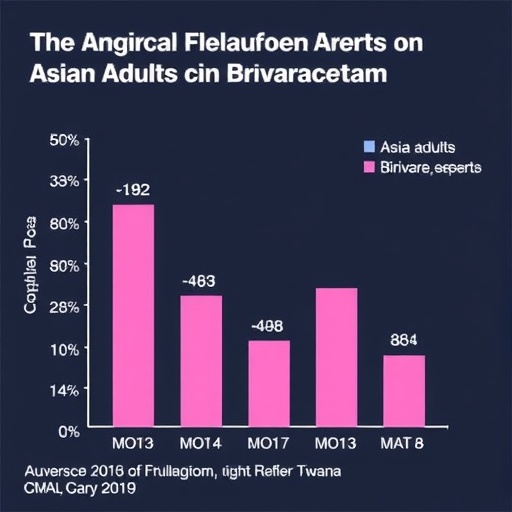Junk food ads are shown more frequently on TV at times when many children are watching, new Heart Foundation-funded research shows.
The research, led by the University of Adelaide's Associate Professor Lisa Smithers and published in the Journal of Paediatrics and Child Health today, also showed that children were exposed to twice as much unhealthy food advertising as healthy food advertising.
The research found that children would view more than 800 junk food ads each year, if they watched 80 minutes of television per day.
By building a bespoke TV monitoring system, believed to be the first of its kind in the world, A/Prof Smithers' team was able to capture an entire year's worth of television and ads from one free-to-air commercial TV network in South Australia.
"This is the most robust data we've seen anywhere. It is the largest dataset ever used by health researchers for examining food advertising in Australia, and probably the world. Most research in this area is based on only a few days of data, and there are no Australian studies taking seasonality into account," A/Prof Smithers said.
Thirty thousand hours of television containing more than 500 hours of food advertisements (almost 100,000 food ads) were logged during 2016. The Australian Guide to Healthy Eating was used to group food and beverages into healthy, discretionary (i.e. unhealthy) and other categories.
Snack foods, crumbed/battered meats, takeaway/fast food and sugary drinks were among the most frequently advertised foods.
During children's peak viewing times, the frequency and duration of "discretionary" (ie, junk) food advertising was 2.3 times higher each hour than for healthy foods.
Across the year, discretionary food advertising peaked at 71 per cent of all food advertising in January, dropping to a low of 41 per cent in August.
"Diet-related problems are the leading cause of disease in Australia, and the World Health Organization has concluded that food marketing influences the types of foods that children prefer to eat, ask their parents for, and ultimately consume," A/Prof Smithers said.
Some countries and regions have implemented children's television advertising bans (Quebec, Canada), junk food advertising bans (Norway), and requirements to publish healthy eating messages when unhealthy foods are advertised (France). In Australia, all advertising during children's TV programs is covered by the Children's Television Standards. There are other codes developed by industry groups that aim to limit Australian children's exposure to unhealthy food advertising, however these codes are voluntary.
There is also no process for routine, independent monitoring of children's exposure to food advertising.
"Australian health, nutrition and policy experts agree that reducing children's exposure to junk food ads is an important part of tackling obesity and there is broad public support for stronger regulation of advertising to protect children," A/Prof Smithers said.
"I would love to see the results of our research play a role in protecting children from the effects of junk food advertising."
A/Prof Smithers said the specially designed system, using a digital television tuner attached to a computer, had the potential for use across all Australian markets, as well as internationally.
"This is the kind of thing that would be fairly easy to set up to monitor change over time and to evaluate the impact of different policies," she said.
For example, researchers are now using the system to look at food advertising during sport.
"The advertising data collected for this project could have many users and collection is ongoing," said A/Prof Smithers, who is open to enquiries from researchers about use of the data.
National Heart Foundation CEO Adjunct Professor John G Kelly said the research findings were disturbing. He said the Heart Foundation was very proud to be supporting emerging leaders such as A/Prof Lisa Smithers, whose research was funded through a 2015 Vanguard grant.
"As a charity and the largest non-government funder of heart disease research in Australia, the Heart Foundation is proud to invest in research to help all Australians have better heart health.
"Thanks to our generous donors, the Heart Foundation is able to make important research such as this happen."
###
About the Heart Foundation
The Heart Foundation is a not-for-profit organisation dedicated to fighting the single biggest killer of Australians – heart disease. For close to 60 years, it's led the battle to save lives and improve the heart health of all Australians. Its sights are set on a world where people don't suffer or die prematurely because of heart disease.
To find out more about the Heart Foundation's research program or to make a donation, visit heartfoundation.org.au or call 13 11 12.
Media Contact
Liselotte Geary
[email protected]
@UniofAdelaide
http://www.adelaide.edu.au
http://dx.doi.org/10.1111/jpc.13929




